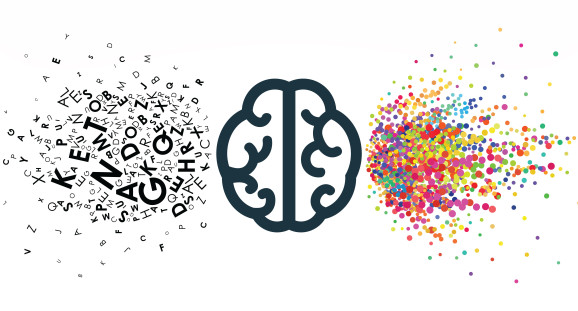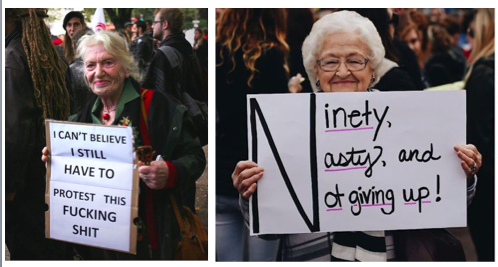Crafting language to create change
Posted on December 1, 2017
In “The White Savior Industrial Complex,” Teju Cole surfaces an unspoken challenge in voicing struggles surrounding oppression, discrimination, and racism: “there is an expectation that we can talk about sins, but no one must be identified as a sinner.” ¹
This insight gets at the heart of the intersection of language and lived experience; the inability to name a “sinner” means marginalized voices are not only marginalized, but are also limited in their ability to discuss, dissect, and assign blame for their marginalization, creating an enforced civility that leads to constant questioning or demands external validation of their experience.
Language can have a real effect on when, to whom, and the way we assign blame (or whether we see the need to assign it at all). In political rhetoric and diplomacy, there’s a well-established pattern of strategically using the passive and active voice to align with positive events, distance from negative ones or simultaneously address and avoid topics of conflict. Recent research conducted at Stanford also explores how subtle differences in linguistic descriptions influence interpretation of the event, which reverberate out into different attribution of blame and determination of punishment.² After learning about a restaurant fire that led to property damage through an agentive or non-agentive description (i.e. she ignited the napkin or the napkin ignited), participants in the study were significantly more likely to assign responsibility to the patron based on the agentive description. That sense of “greater responsibility” based on the agentive language also translated into a $250 higher proposed fine for the exact same series of events.
These examples show that the way we frame our narratives has real world consequences in terms of how we internalize reality and act accordingly. Our forced framing of discrimination in terms of an effect without an actor leads to the absence of responsibility or retribution for those affected. The inability to frame a narrative in a way that reflects reality may also start to distort that reality, in a sort of culturally imposed gaslighting that further minimizes the voice of the marginalized in speaking out about their own marginalization.
In addition, with no one to blame as the source of the problem, there’s nowhere to focus for solving the problem. Where we’ve landed on addressing systemic bias in our society isn’t the absence of awareness, conversations, and ideas for solutions, but rather that all of this is happening in an echo chamber among those who want to propose solutions without reaching the root of the problem.
As designers, I think it’s essential to be conscious of the subtle ways in which choices impact perceived reality and the subsequent actions that unfold, whether it impacts the language we use, the experiences we create, the types of projects we take on and the choices we make in approaching them. In what ways subtle ways might we be replicating and perpetuating systemic conditions like racism, sexism, and classism? And, even better, in what ways might we start to overturn these classic “isms” to create a more equal and inclusive society?
I want to believe that the way in which we create that more equal and inclusive society starts with local movements on the individual level, but it seems like we become more limited in creating meaningful change as our social structures become more entrenched and established.
Human’s rights movements, even within the US, are now centuries long efforts that continue to be fought. It can feel as if nothing has changed and we’re continuing to move forward, then backward, then marginally forward again on the same issues in a slow march where it feels impossible to make progress.

My first instinct is to feel disheartened that not enough progress has been made —like the fact that we’re still fighting for women’s rights and equality – or even been undone, but also reinforces the need for more energy, more commitment, more progress on these issues.
But it might also require shifting our language around change from global to smaller scale shifts, from a singularity to a process, from a grand finale to a start. This might better serve to help us remember and recognize (myself most of all) that change isn’t immediate, progress isn’t ever over, and we’ve moved significantly forward even if there is still much further to go.
¹ Cole, Teju. “The White Savior Industrial Complex.” The Atlantic. Web. 21 March 2012.
² Caitlin M. Fausey and lera Boroditsky.“Subtle linguistic cues influence perceived blame and financial liability.”Psychonomic Bulletin & Review 17.5 (2010): 644-650. Print